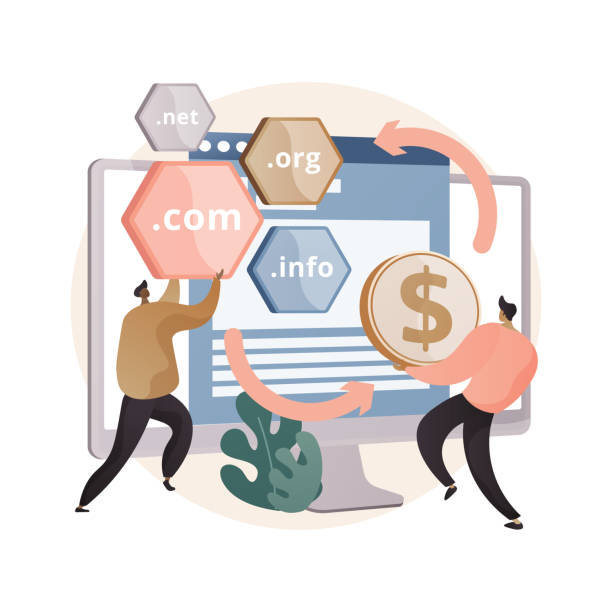The middle is where most agencies today are located. It’s the place between what clients believe they want (a service provider) and what they actually need (a supplier of ideas). The middle of the road can be a dangerous place.
Martin Sorrel, the head of WPP’s agency holding company, recently announced that over half of its revenues come from non-advertising. He predicted that this figure would soon reach two-thirds.
To increase the efficiency of their marketing budgets, large advertisers are renouncing their long-standing relationship with record agencies and instead turning to media specialists, branding specialists, and CRM specialists.
Many agencies see this as an aberration rather than a trend. Ironically, rather than being at the forefront of change, most agencies are in the rear, trailing behind more conservative institutions such as hospitals, banks, and accounting firms.
Traditional advertising agencies are now under pressure from all sides. Marketing consultancies, research firms, and brand consultancies are all upstream. They claim to offer the same strategic planning as agencies. Media firms and production companies are downstream, with some now offering concept development.
No wonder clients are less and less likely to think they need an advertising agency.
A New Business Model
Business leaders try to avoid thinking that their business model might be changing, no matter the industry. The truth is, over time, business strategies within a particular industry tend to converge.
Similar companies adopt similar business practices. They start to sound, look and act the same. It’s not surprising that the advertising industry, which has been around for more than 100 years, is still stuck with a business model.
The name “advertising agencies” itself is problematic. Advertising is paid media, and “agency,” on the other hand, connotes commissioned agents. Most “advertising” agencies don’t want or need to be perceived that way by potential clients.
There are indeed things agency executives say to themselves to make them feel better. We’re going through a rough patch right now, or items will improve once the economy starts to pick up.
The traditional business model of an agency doesn’t function the same way as it used to.
Leading the Transformation
This is new territory because agencies have the mindset that they’re only supposed to be involved with the “soft” areas of marketing–activities that revolve around brand awareness and preference. They believe that “hard marketing” belongs to the client, including areas such as pricing and distribution, sales, or even the product.
There is a third area that links soft marketing with hard marketing. This domain is about evaluating the experience of the consumer at every point of contact with the company. Everyone talks about it, but rarely does anyone do. This is not an area that the agency or client is traditionally responsible for.
Or, to put it another way: Today’s agencies focus on the traditional manifestations and the external brand. Clients focus on the fundamental aspects of internal branding. The agency of tomorrow will be able to help clients not only create and place marketing campaigns but also evaluate and strengthen their relationships with customers.
This is a more important and valuable role. It often has little to do with traditional advertising.
The agency of the future has a real opportunity because most clients make promises about their brands that they cannot keep. The agency’s job is not just to promote the brand but also to create an authentic and positive brand experience for consumers.
It means watching how the brand is used in real life (which can provide critical insights into brand usage– “Got Milk” would be a great example). It involves monitoring customer perceptions of price/value (as part of GSD&M’s work for Wal-Mart).
The Martin Agency’s new BrandInside unit for UPS does this.
Contact All Points of the Brand
Can agencies truly transform their business model? Yes.
As a result, disciplines such as brand planning should be reemphasized and not deemphasized. Brand planning is essential for the agency of tomorrow to be an expert on brand relationships. It helps them understand how customers relate to brands and interact with them.
Now, agencies must also pay greater attention to “connection planning” – helping clients to understand how consumers “consume media and information about the brand.” In place of “media plans,” agencies should develop “brand exposures plans.” They need brand contact planners instead of media planners.
Crispin Porter & Bogusky’s work on the BMW Mini Cooper is a great example. In this case, everything was considered a possible medium to convey the message. Media is no longer the stepchild of creativity in the agency of tomorrow.
Media is, in fact, a part of the creative process. Media professionals become just as important as writers and artists as a source of ideas. They are also thinking beyond advertising and considering scores of other touchpoints of the brand.
Starting a Movement
Ralph Waldo Emerson said, “There’s always two parties: the party of yesterday and the party for tomorrow; the establishment and movement.”
The traditional advertising agency represents the establishment. The traditional advertising agency is the establishment.
The secret weapon of agencies in the march toward the future is their ability to think. Management and brand consultancies, the entities agencies fear the most, are only able to provide the “thinking side” of the equation. The agencies can do both “thinking and doing” – helping clients to achieve the consistency that is important for building a successful branding.
In the 1920s, railroad executives could not imagine a world where airplanes would transport travelers across the nation and around the globe. Railroad executives did not change their business model when it changed.

